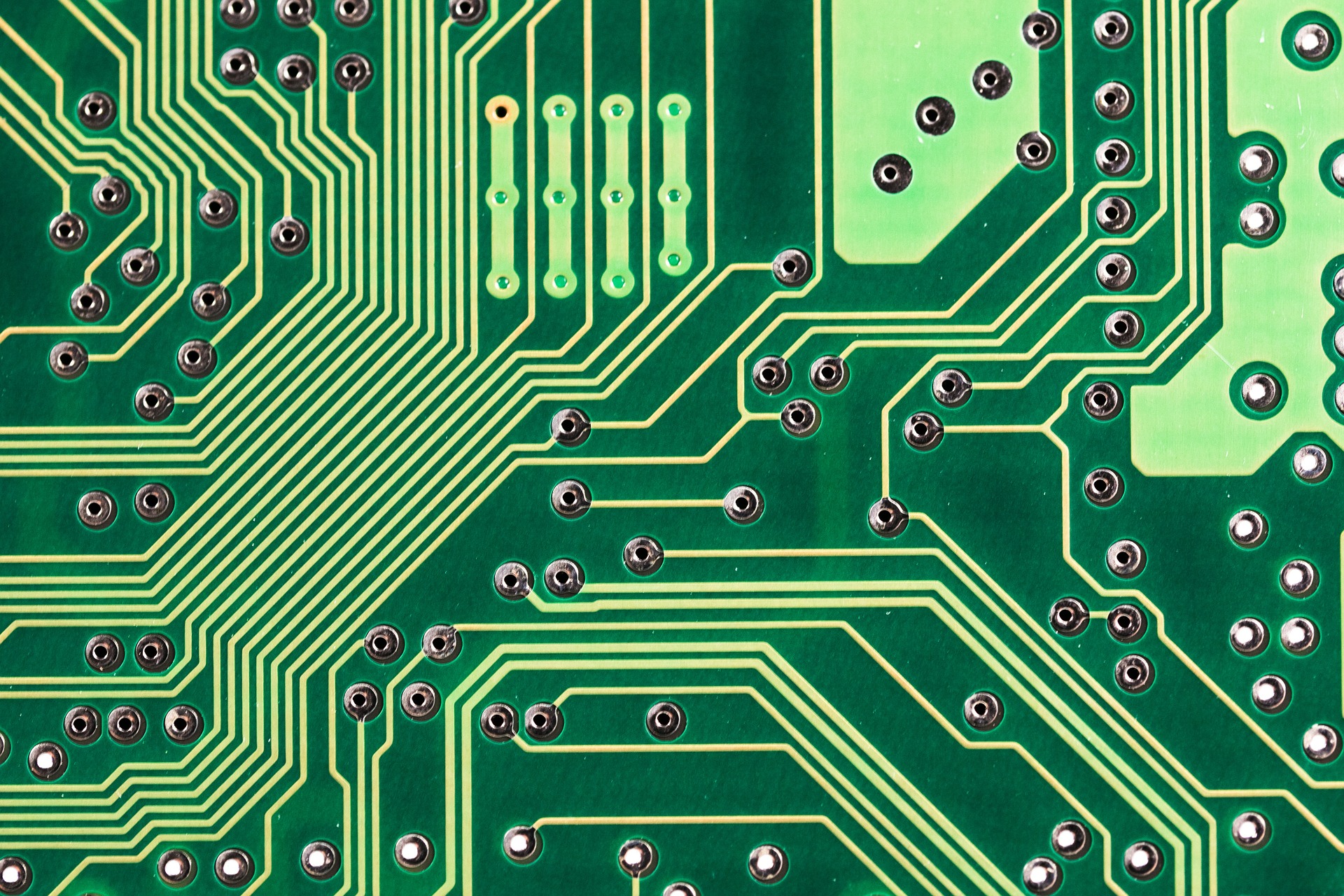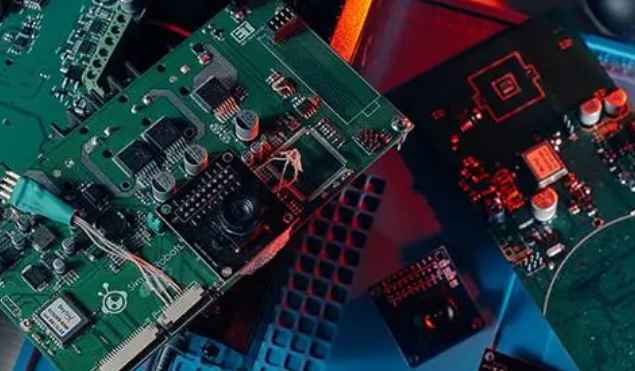
Through hole design rules for PCB
1. Welded
(1) Plated through holes (PLTH) (including through holes)
(2) Non-plated through holes (NPTH)
2. Not welded
(1) Through-holes to be welded
3. Non-plated through holes (NPTH) with and without pads
The designer must first know whether the pad is identified as being soldered or not. This information helps engineers decide whether pad calculations are for soldering or for minimum annular rings. If the pads are not soldered, standard ring holes can be used and unchanged according to assembly requirements.
Note: A through hole is simply a plated through hole without solder. It does not require calculations to confirm pad size in each assembly or application, but requires a simpler calculation for the smallest ring hole or the smallest, most economical size that can carry sufficient current.
4. Non-soldering through holes
The minimal annular ring consists of two distinct terms. When a manufacturer speaks of a minimum annular ring, it means the smallest annular ring required by the standard or marked by the designer plus its own annular ring requirements. Annular rings as specified by IPC or other standards are the smallest annular rings required for printed board completion.
The minimum pad diameter for a 0.008" hole should be a 0.031". Again, it is important to note that this is a minimum and not to be used unless necessary, the recommended size is at least 0.002 inches larger than the minimum diameter. These example values are based on conventional techniques.
Annular rings shall be at least 0.002" (circular) thicker than the plating for external lands and 0.001" thicker for internal lands. Effective plating thicknesses are 0.0025-0.0030 inches.
5. Soldered through holes
Except that the outer surface area must be larger to enhance heat dissipation and avoid poor soldering, most of the rules apply to soldered vias. If possible, for consistency and ease of calculation, the inner pad should be the same as the outer pad unless a simplified pad is required. The reason is that the outer pads are soldered and the inner pads are not, and the soldered vias must increase in proportion to the diameter of the pins, because larger pins require more heat; To dissipate heat evenly, the pad must be enlarged.
There is a range of acceptable sizes for soldering via pads. This range is not less than the smallest annular ring to twice its hole size. The diameter of the soldered pad is 2 times the diameter of the final hole.
NOTE: These values are based on standard component lead materials and may vary by material type.
6. Thermal pad
The thermal connection is only a used/required feature of the solder pad. Usually used in plane layers or solid copper foil areas, they are three or four printed wiring boards connected in the shape of + or X on the pad. The actual traces are often called spokes because of their bicycle spokes appearance. The role of these radial parts on the pad is not just to connect the plane or three-dimensional copper foil area with the hole wall, but to reduce the heat dissipation effect of the copper foil area. The parallel ratio between printed board copper and component lead metal requires soldered vias to have a limited copper area, but maintain enough area to be capable of carrying current. Thus the combined spoke widths equal the pad diameter. The thermal pad has the same diameter as the other internal pads. The area including the pad and spoke is known as the thermal outer diameter. This distance is equal to the inner diameter x 1.5.
7. Non-plated through hole
There are two types of non-plated through holes: landed and landless. It is important to note that the pads are either plated or unplated. During the plating process, the holes are plated with copper foil if the pad is present. If the pads are not plated, they must be drilled after the plating process, resulting in additional costs. NPTHs without pads can probably be drilled as many times as other components.

8. Non-plated through holes with pads
Non-plated through hole means no plating in the hole through the pad. This means that there is no additional carrier to support the pads other than the normal copper adhesive. For this reason, the pad must be large enough to allow adhesion and to support the pad while heating or soldering. IPC defines the annular ring of this non-supporting land as 0.006 inches. This data should be larger if the pad is to be soldered.
9. Non-plated through hole, no pad
A general purpose NPTH is as large as a hole on a printed board with no pad or plated hole walls. Such as mounting holes, access holes for screw adjustment, transmission holes for wires, etc. Non-plating or annular ring requirements are required, and the universal through hole is different from other holes because it has no plating or solder considerations.







